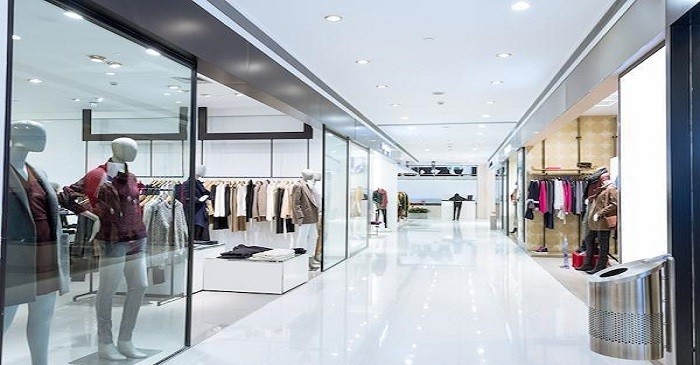
Never miss an important update |
Click to get notified about important updates only. |
99 Alternatives
Opportunities are Infinite

To gain success within retail, managing the return on investment (ROI) and other financial indicators is the key to a healthy business. Expansion within retail is an important part of its growth, but only when they are generating a positive cash flow from capital expenditures. It is critical for retail managers to quantify the most it is able to do to gain a better understanding of the profitability and financial health of the business. When investing in a combination of other financial metrics, what is known as the four ‘R’s’ of retail helps to paint a financial picture.
One of the four ‘R’s’ stands for ‘return on revenues’ (ROR) and is known as the foundation of any retail operation. This lets you become aware of how much net income is made from the top-line revenues. The gross margin return on investments is also just as important as it is the gross margin profit on the price of your inventory. The more it is you make per unit sold, the easier it is to produce bottom-line net profits. ROR’s have two main basic building blocks known as balance sheets and cash flow statements. Assets on the balance sheets, that when combined with the P&L statements, are able to tell how the product itself is selling. Cash flow statements are when businesses that are losing money generate a positive cash flow. The second ‘R’ stands for ‘return on invested capital’ which is also known as ‘four-wall cash contribution’ which is essentially the amount of profit that is generated per store. The speed at which each store can return the invested capital required for it to open, the faster it becomes for the retailer to grow its overall profits. The third ‘R’ is for the ‘return on total assets’ which lets a company become aware of how much operating profits it is making from its possessions. This number will tend to vary on the business. Specialty retailers will tend to need less retail space, fixtures, inventory, etc. Home improvement stores on the other hand may need to operate in much larger retail footprints, requiring greater assets. The fourth and final ‘R’ stands for ‘return on capital employed’ which makes us aware of how efficiently retailers use their capital. It is defined as earnings before interest and taxes (EBIT) divided by capital employed, which is usually shown by total assets less current liabilities.
The retail sector is a very diverse, dynamic and rather susceptible to changing consumer tastes, and yet the industry seems to be growing more and more each year, regardless of the economic cycles or capital costs. Retailers are usually the first of companies to share in the growth of emerging economies. Due to the low labour costs and lack of existing competition, makes it more feasible for retailers to increase margins by shipping cheap goods and assets to developed worlds. The internet is something which has played a huge part in this as it has made it easier for low-capital, low-cost companies to service poor nations. Goods that are produced in Malaysia, South Korea or India can be marketed and sold around the world without the presence of a brick-and-mortar.

| Date | Time | Headline |
|---|---|---|
| 07-09-25 | 13:33 | |
| 07-09-25 | 13:33 | |
| 30-06-25 | 06:37 | |
| 30-06-25 | 06:37 | |
| 30-06-25 | 06:37 | |
| 28-06-25 | 06:19 | |
| 27-06-25 | 09:30 | |
| 24-06-25 | 06:42 | |
| 23-06-25 | 06:20 |

| Date | Time | Title | Post |
| No Discussions Available!! | |||
Copyright © 2025 99alternatives Ltd. All rights reserved.
Designed and Managed by Mont Digital